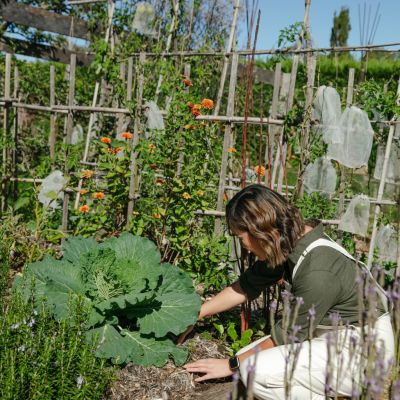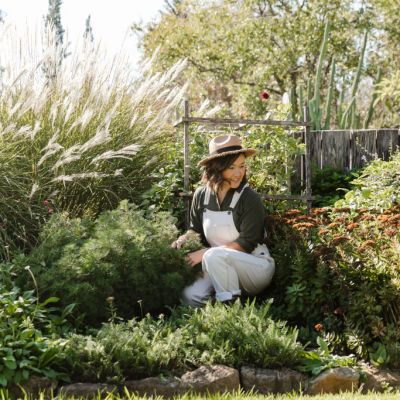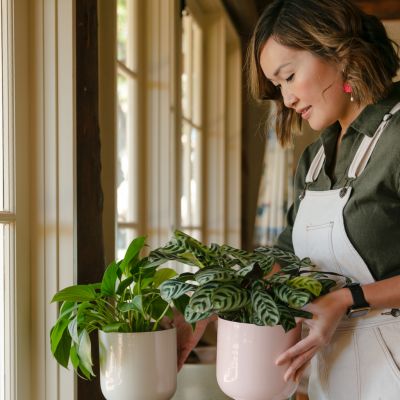A guide to growing and caring for dwarf fruit trees

With many backyards shrinking, space is at a real premium. You can’t afford to sacrifice room for a large, sprawling fruit tree, especially if you have a balcony or courtyard.


Luckily, with dwarf fruit trees, you don’t have to. They’re compact versions of their larger counterparts and are available for a wide range of fruit varieties, including citrus, stone fruit like peaches, nectarines, cherries and apricots, pome fruit such as apples, pears and quinces, as well as mangoes, avocados and berries.
Despite their smaller stature, these plants produce full-sized fruit and abundant yields, with no compromise on quality or taste.
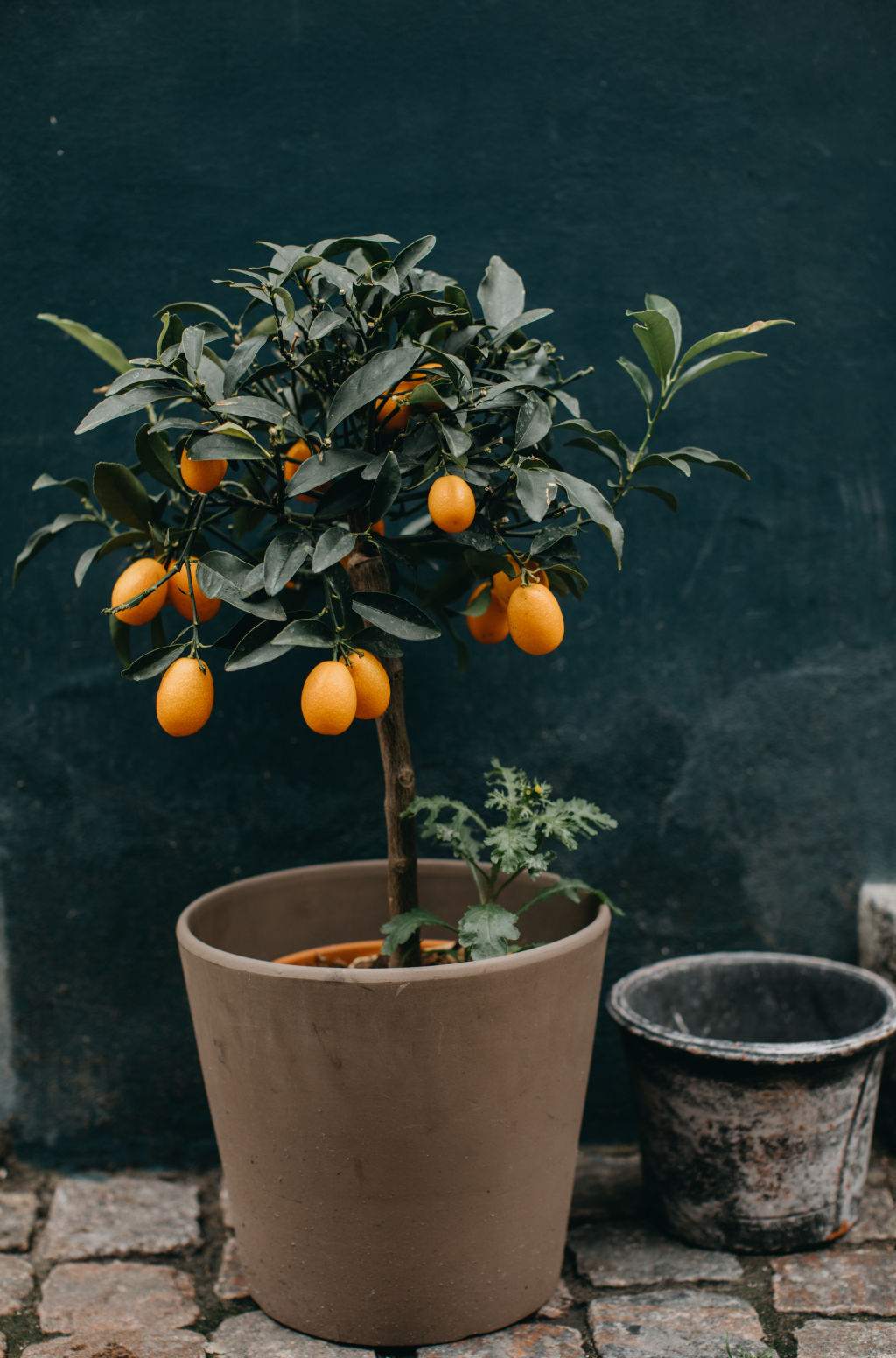
Growing options
Before you rush off to the nursery to buy one of each, take a moment to consider the fruit you’ll actually enjoy.
While lemons and limes are staples in most backyards, you might find yourself craving the sourness of a calamansi or the bittersweet flavour of grapefruit.
There is little point wasting resources on something that won’t be eaten or used.
Climate is also an important factor. Most stone and pome fruit require a certain number of “chilling hours” – the number of hours a plant spends in temperatures less than 7 degrees – for optimal fruit development.

If your area doesn’t experience sufficient cold temperatures, the yield may be disappointing. The good news, however, is that you can find stone or pome-fruit varieties that will thrive in warmer climes – just be sure check the label before purchasing.
Citrus, mango and pomegranate trees are “self-fertile”, meaning they can produce fruit without the need for a second or partner tree.
On the other hand, apples, cherries, pears and plums require a pollinating partner for successful fruit set, so it’s essential to have space for at least two trees.
If you’re looking to grow apples in a limited space, seek out Ballerina trees, which grow tall and narrow – perfect for those tight spots.

Tips for success
All fruit trees – yes, all – require full sun, which is at least six hours of sunlight for most of the day for optimal growth and fruit production.
When planting in the garden, ensure the soil is well-drained and enriched with plenty of organic matter, like compost or aged manure.
If the soil drains poorly, improve it with gypsum and organic matter. Alternatively, plant into pots or grow-bags filled with a good quality potting mix.
While dwarf plants typically grow between 1 metre and 3 metres, it’s recommended to plant them in pots at least 500 millimetres wide.
Support growth by feeding regularly throughout the year with an organic-based fertiliser specially formulated for fruit trees.
Water well during the warmer months, especially during flowering and fruiting, and keep an eye out for pests, treating when a suitable spray if sighted.
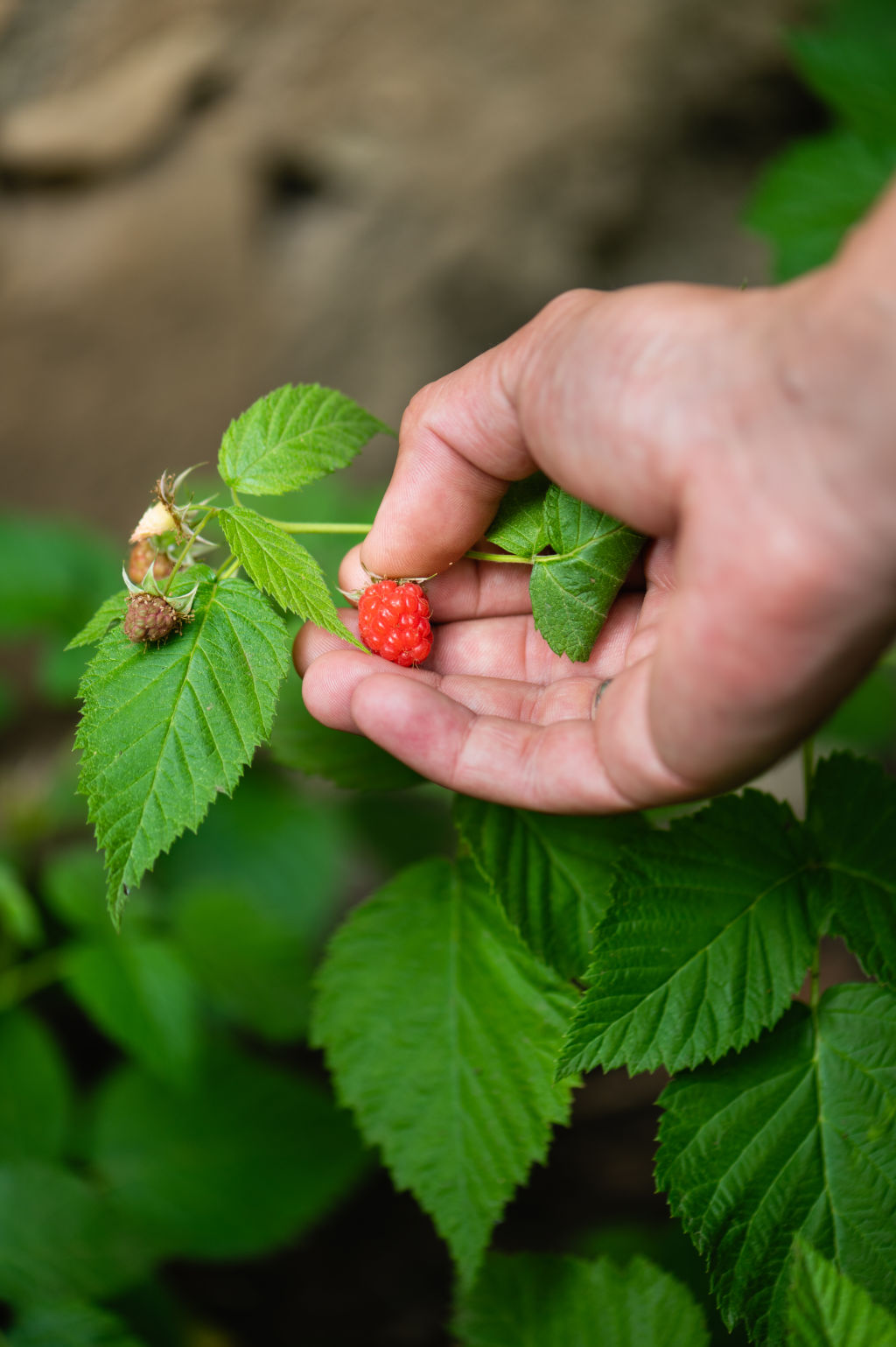
Where to buy fruit trees
Visit your local nursery, garden centre or check out these online stores:
- Daleys Fruit Tree Nursery: daleysfruit.com.au
- Engalls Nursery: engalls.com.au
- PlantNet: plantnet.com.au
- The Diggers Club: diggers.com.au
Tammy Huynh is a horticulturist, a presenter on Gardening Australia and the owner of Leaf an Impression.
We recommend
States
Capital Cities
Capital Cities - Rentals
Popular Areas
Allhomes
More
